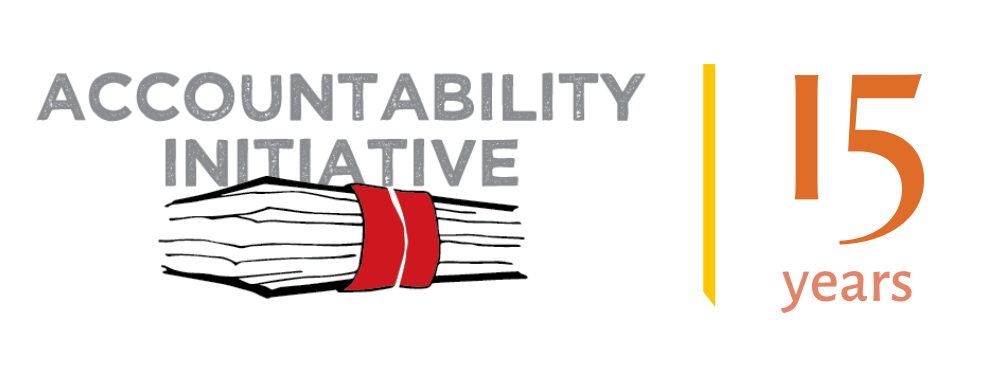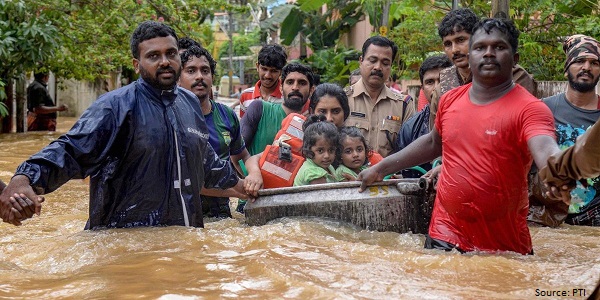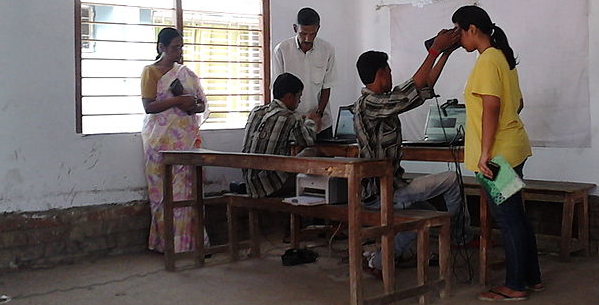This blog is part of a series on policy decisions, the causes and consquences of the Kerala floods. The first blog can be found here.
There has been much discussion about the increased vulnerability of Kerala and Kodagu in Karnataka, to disasters of the magnitude that we saw recently. These have ranged from gentle and sorrowful remonstration, to strident ‘I told you so’ conclusions voiced by everybody from environmental activists, to religious bigots.
Yet, the question remains, how did we come to such a pass? Is this a recent phenomenon, or something that has taken a long time in coming?
As a Malayali, I was always intrigued by the maps of Indian empires that I saw in my school history books. Regardless of who or which group was the monarch of India at any given point of time; Ashoka, Harsha, Akbar, Aurangzeb or the Marathas, most of the tiny bit of the south-west of the Indian Peninsula was left out of their boundaries. A simple ‘Cheras’ written across that unconquered bit, was all that the history books would say about what we were, in the past. The truth is that for much of recorded history and probably for millennia before, the western coast of India and particularly, the Kerala coast, was impenetrable for armies that came from the north or the east by the land route. The Western Ghats were an impenetrable barrier to them – thick forests and fear of disease, dangerous animals and unknown threats deterred conquerors.
Yet, it was not as if Kerala was totally isolated; it looked outward to trade through the coast. For millennia, there is evidence of Kerala’s vibrant trade with other coastal powers and trading communities, ranging from Aden, through the Persian gulf, from the ports of what is today Pakistan and the more northerly western ports of India, to Mesopotamia and the Roman empire. Apart from the silk route, Kerala was probably the best way to get to the fabled riches of the east.
The renaissance saw an increase in European naval rivalry in the Arabian Sea, and after the venturesome Portuguese dominated the area in the sixteenth century, the British finally gained ascendancy, restricting the Portuguese and the Dutch in this region.
Britain on the other hand, had been cleared of its thick forests during the Bronze age itself. What forests remained were cut down to build warships and military hardware, required for their constant wars with European powers. Those of you who visit Europe and Britain and marvel at their efforts of conserving their greenery, often do not realise that their forests are but a tiny fraction of what they were. You can go for bracing treks in them, with nary a thought about what might happen to you.
Taking a walk in a forest in the Western Ghats is risky. There are at least six creatures that could kill you, if you left snakes out of the equation; Elephant, Gaur, Tiger, Leopard, Bear, Wild Dog.
Yet, the Western Ghats as it was, provided Kerala sustenance and succour. It attracted the area’s heavy monsoon rain, but also soaked it like a sponge and released the water over the year, into bountiful streams and rivers.
As Europe and Britain plundered their forests for timber to build their warships, they turned their eyes towards their burgeoning empires in the East.
Kerala was an easy target, once Britain was firmly ensconced in India. The forests were cut down with hardly a thought for their conservation. And the rivers flowed down to the estuaries and ports, not only with water, but with huge logs as well.
British colonialisation resulted in widespread destruction of forests starting from the latter half of the 18th and the early part of the 19th Century. In 1800, a Commission was appointed to inquire into the availability of teak. Six years later, the first Conservator of Forests was appointed to organise timber supply from the West Coast. This resulted in over-exploitation of teak forests along the Malabar coast for ship building for the British Navy, apart from the cutting down of Sandalwood trees of South India for the European market. In 1846, with most natural teak exhausted, the age of monocultures started, with the first teak plantation raised in Nilambur in Wayanad district of Kerala.
In 1855, the Government of India issued a memorandum outlining the rules for forest conservation across the country. Conservation, not in the sense of preservation of the biodiversity for future generations, but for the purpose of further exploitation, largely for the benefit of colonial powers.
More in my next blog.



